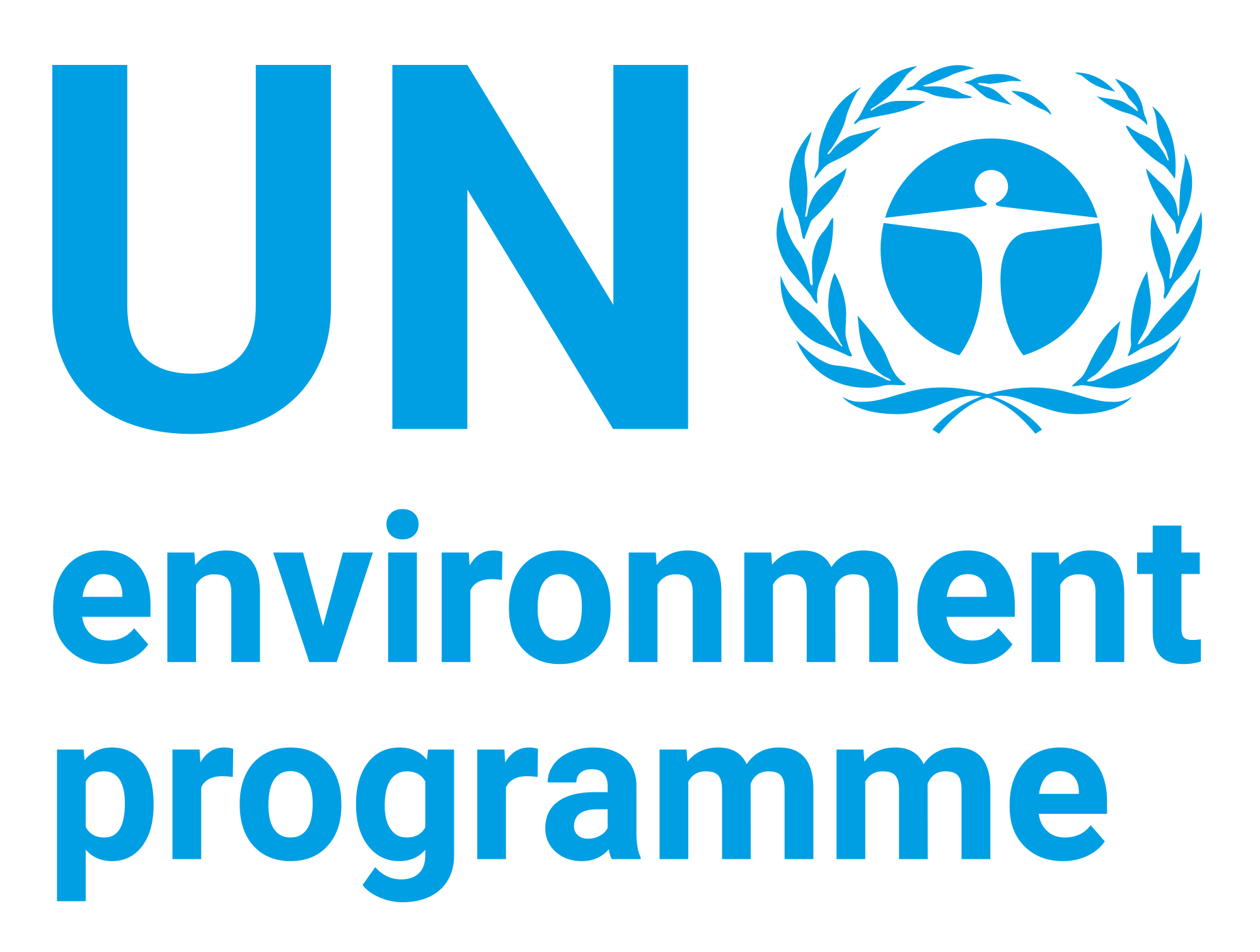Information document: The Northern Mozambique Channel Area: Opportunities for strategic partnership for a prosperous Western Indian Ocean - The Seventh Conference of the Parties to the Convention for the Protection, Management and Development of the Marine and Coastal Environment of the Western Indian Ocean (Nairobi Convention) Maputo, Mozambique 10 to 14 December, 2012

Date
2012-11Author
United Nations Environment Programme
Citation Tool
Bibliographic Managers
RT Generic T1 Information document: The Northern Mozambique Channel Area: Opportunities for strategic partnership for a prosperous Western Indian Ocean - The Seventh Conference of the Parties to the Convention for the Protection, Management and Development of the Marine and Coastal Environment of the Western Indian Ocean (Nairobi Convention) Maputo, Mozambique 10 to 14 December, 2012 A1 United Nations Environment Programme YR 2012-11 LK https://wedocs.unep.org/20.500.11822/21166 PB AB TY - GEN T1 - Information document: The Northern Mozambique Channel Area: Opportunities for strategic partnership for a prosperous Western Indian Ocean - The Seventh Conference of the Parties to the Convention for the Protection, Management and Development of the Marine and Coastal Environment of the Western Indian Ocean (Nairobi Convention) Maputo, Mozambique 10 to 14 December, 2012 AU - United Nations Environment Programme Y1 - 2012-11 UR - https://wedocs.unep.org/20.500.11822/21166 PB - AB - @misc{20.500.11822_21166 author = {United Nations Environment Programme}, title = {Information document: The Northern Mozambique Channel Area: Opportunities for strategic partnership for a prosperous Western Indian Ocean - The Seventh Conference of the Parties to the Convention for the Protection, Management and Development of the Marine and Coastal Environment of the Western Indian Ocean (Nairobi Convention) Maputo, Mozambique 10 to 14 December, 2012}, year = {2012-11}, abstract = {}, url = {https://wedocs.unep.org/20.500.11822/21166} } @misc{20.500.11822_21166 author = {United Nations Environment Programme}, title = {Information document: The Northern Mozambique Channel Area: Opportunities for strategic partnership for a prosperous Western Indian Ocean - The Seventh Conference of the Parties to the Convention for the Protection, Management and Development of the Marine and Coastal Environment of the Western Indian Ocean (Nairobi Convention) Maputo, Mozambique 10 to 14 December, 2012}, year = {2012-11}, abstract = {}, url = {https://wedocs.unep.org/20.500.11822/21166} } TY - GEN T1 - Information document: The Northern Mozambique Channel Area: Opportunities for strategic partnership for a prosperous Western Indian Ocean - The Seventh Conference of the Parties to the Convention for the Protection, Management and Development of the Marine and Coastal Environment of the Western Indian Ocean (Nairobi Convention) Maputo, Mozambique 10 to 14 December, 2012 AU - United Nations Environment Programme UR - https://wedocs.unep.org/20.500.11822/21166 PB - AB -View/Open
Item Statistics
Display item statisticsMetadata
Show full item recordDescription
The shores and coastal waters of the Western Indian Ocean (WIO) are recognized globally for their biological richness, their role as corridors for migratory species, natural beauty and high ecological and socio-economic value. The region is one of the world’s less ecologically disturbed ocean areas, with some of the Indian Ocean’s most diverse coral reefs, mangrove forests and seagrass beds. The Mozambique Channel and East African coast
are the prime habitat of the coelacanth, a ‘living fossil’ that illustrates the long term oceanographic stability of this region. The total area of coral reefs in the WIO is 11,060 km2 (8% of the global area), and the mangrove is 8,897 km2 (1.5% of the global area). Two countries (Madagascar and Mozambique) are among the fifteen nations sharing the most extensive mangroves in the world.
The Mozambique Channel experiences a highly energetic and variable regime of meso-scale circular currents (gyres, approx. 100-300 km across) that cause water to flow in all directions – north, south, east and west – and fundamentally affect the diversity and productivity of marine ecosystems within the channel . The rich fisheries, including major prawn fisheries and a regional tuna stock, are exploited not only by domestic fishing industries
but also by foreign fishing fleets - not always to the benefit of the countries of the region (roughly 20% of the world tuna catches are from the southwestern Indian Ocean). Furthermore, near-shore fish stocks support a centuries old artisanal fishing industry and significantly contribute to the livelihoods and food security of the region’s population
Collections
Document Viewer
To read more, scroll down below.

